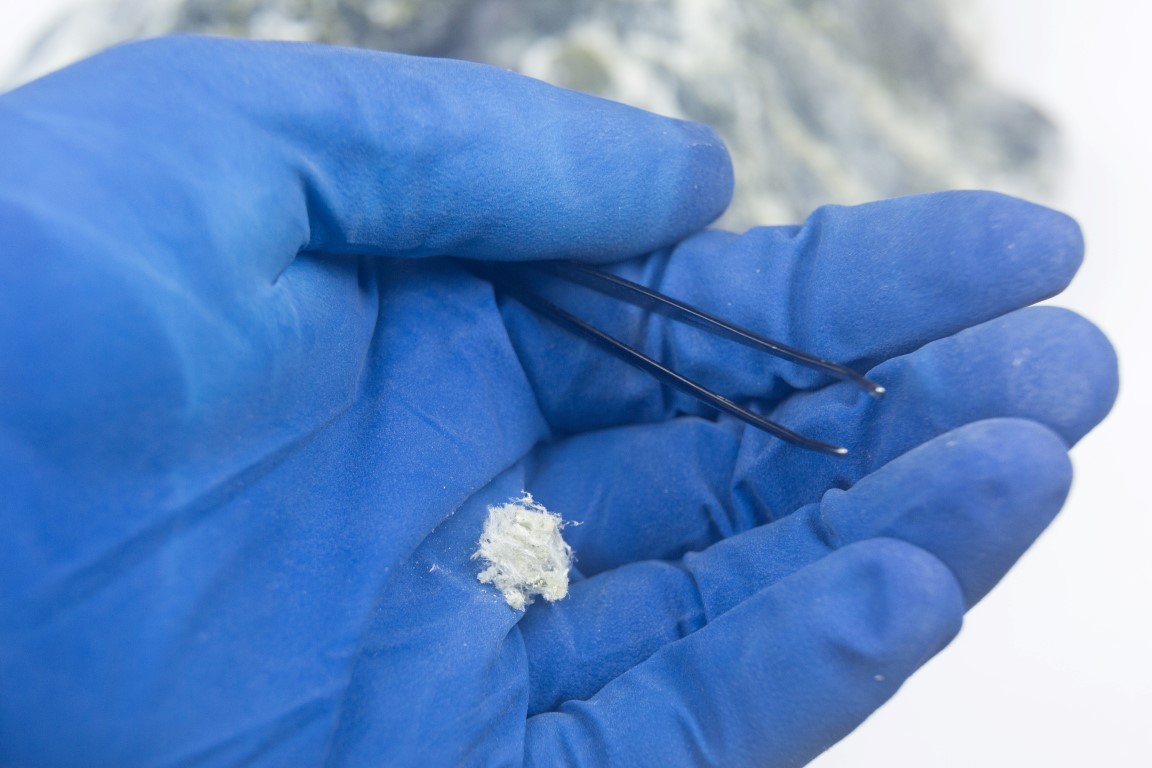Asbestos Testing: Comprehensive Assessments to Make Sure Total Security
Wiki Article
The Full Refine of Accredited Asbestos Evaluating to Make Certain Building Compliance
In the world of residential or commercial property administration and compliance, the procedure of certified asbestos testing stands as an essential element to make sure the safety and well-being of passengers. From the first assessment to the last interpretation of results, each phase plays an important duty in determining the visibility of asbestos within a home.Accredited Asbestos Testing: Preliminary Assessment
In carrying out the first evaluation for certified asbestos screening, a thorough exam of the home's products is vital to precisely identify prospective asbestos-containing products. This essential action involves aesthetically inspecting all locations of the building, consisting of ceilings, wall surfaces, flooring, insulation, and various other building products that might harbor asbestos. Unique focus is offered to products that are susceptible to harm or disturbance, as these situations can release dangerous asbestos fibers right into the air. In addition, tasting of thought products might be necessary to validate the visibility of asbestos via laboratory analysis.Accredited asbestos assessors follow stringent procedures set by regulative bodies to guarantee the precision and reliability of the screening procedure. By meticulously recording findings and utilizing innovative testing techniques, assessors can provide residential property owners with a detailed report describing the visibility of asbestos, if any, and the suggested steps for mitigation or removal. This initial assessment establishes the foundation for subsequent activities to resolve asbestos problems and make sure the security and compliance of the residential property.
Sample Collection Treatments for Asbestos Testing
Effective sample collection procedures are vital in guaranteeing accurate asbestos screening results and compliance with regulative requirements. When accumulating samples for asbestos testing, it is important to comply with strict protocols to lessen the danger of contamination and make sure the dependability of the results.
To start with, it is very important to determine the presumed asbestos-containing materials (ACMs) and prioritize sampling areas based upon aspects such as the product's condition, access, and potential for disruption. Asbestos Testing. Samples must be gathered from various locations within the home to give a detailed analysis of asbestos presence
During sample collection, accredited specialists need to wear suitable individual safety equipment (PPE) to protect versus asbestos exposure. They need to utilize clean devices, such as disposable gloves and plastic sheeting, to stop cross-contamination in between samples. Samples ought to be thoroughly accumulated utilizing a defined method, such as damp wiping or coring, and securely sealed in closed containers to maintain their honesty throughout transport to the lab for analysis.
Research Laboratory Analysis Process for Asbestos Samples
Upon completion of the sample collection process, the asbestos samples are carefully carried to certified laboratories for precise analysis. The first step in the lab analysis process is example preparation, where the gathered samples are thoroughly refined to draw out the asbestos fibers.
As soon as the analysis is complete, a detailed link record is created, outlining the findings and verifying whether asbestos is existing, the kind of asbestos fibers identified, and the focus degrees. This information is essential for homeowner to take the necessary actions to guarantee conformity with asbestos laws and guard the wellness of passengers.

Reporting and Interpretation of Asbestos Examination Results
Accredited asbestos screening laboratories provide comprehensive records that use critical insights right into the visibility, type, and focus levels of asbestos fibers located in samples collected from residential properties. These records are important for homeowner and supervisors to recognize the risk presented by asbestos and make notified decisions concerning its monitoring or removal. The reports normally include info on the techniques utilized for testing, the areas where samples were taken, the type of asbestos identified (such as chrysotile, amosite, or crocidolite), and the concentration levels of asbestos fibers identified.Analyzing these results needs experience to assess the possible health dangers connected with asbestos direct exposure, establish the appropriate strategy, and guarantee regulative compliance (Asbestos Testing). Depending upon the findings, referrals may range from continued surveillance and upkeep to encapsulation or complete asbestos reduction. Property owners must very carefully review these records and speak with asbestos specialists to create a comprehensive strategy for dealing with any type of asbestos problems recognized
Making Certain Residential Property Conformity With Asbestos Rules
To preserve adherence with asbestos regulations, building owners should faithfully apply measures to make certain compliance with suitable legislations and guidelines. When asbestos is identified, residential or commercial property proprietors need to follow asbestos monitoring intends that outline correct containment, elimination, or encapsulation treatments to protect against exposure and spread of asbestos fibers.Homeowner should offer asbestos recognition training to employees and owners to minimize the threat of asbestos exposure and make certain appropriate handling of products that might include asbestos. In addition, it is vital to stay read this notified regarding any updates or modifications in asbestos policies to readjust management methods accordingly. By proactively addressing asbestos conformity demands, residential property owners can create a secure setting for residents and reduce possible legal and health risks connected with asbestos exposure.
Conclusion
In verdict, accredited asbestos screening is a vital process for making sure building conformity with guidelines. The initial assessment, sample collection procedures, lab analysis, and analysis of results are very important action in this process. By following these procedures, residential property owners can determine and attend to any asbestos threats present, safeguarding the health and security of passengers More hints and keeping compliance with regulative needs.Report this wiki page